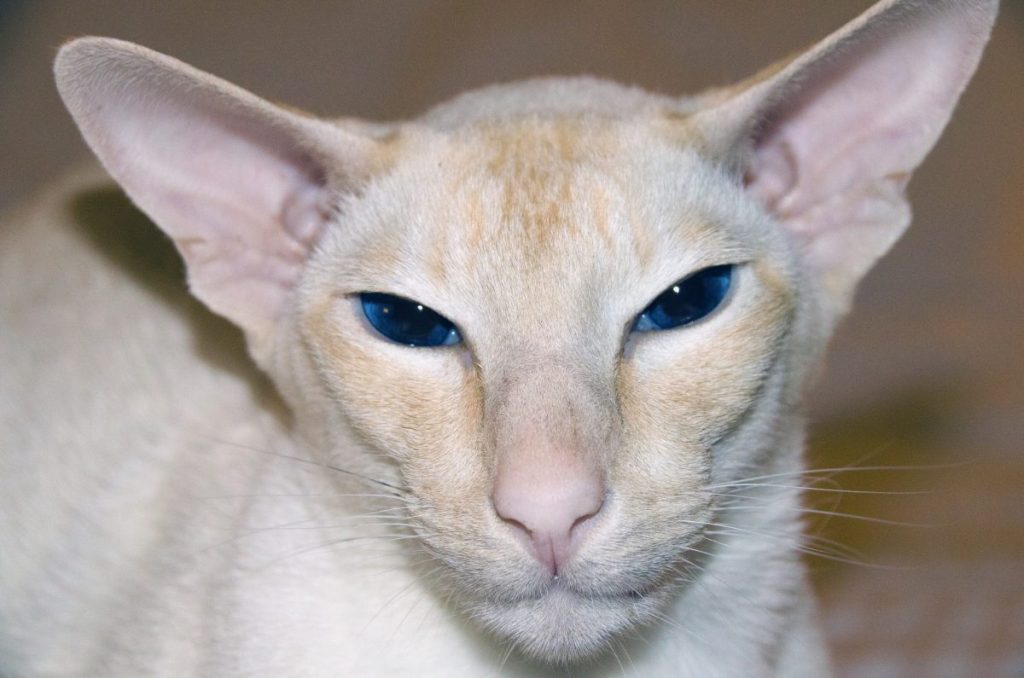The Colorpoint Shorthair cat, an offshoot of the Siamese breed, is distinguished by their striking color patterns and captivating blue almond-shaped eyes. This breed typically has a lighter body color with darker points on the ears, face, paws, and tail, creating a visually appealing contrast. Colorpoint Shorthair cats come in various color variations, including seal, chocolate, blue, and lilac. The breed…

Everyone loves to celebrate Thanksgiving and these kitties want in on the action.




